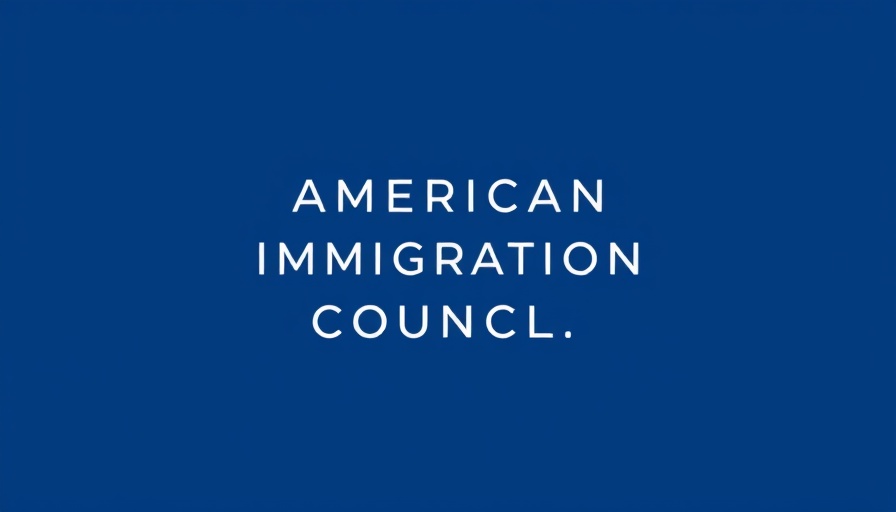
The Unfolding of Kilmar Abrego Garcia's Case
Kilmar Abrego Garcia's case has sparked a debate about the handling of withholding orders by the Department of Homeland Security (DHS). Since Garcia's initial illegal entry into the United States in 2012, his situation evolved from being apprehended due to links with the notorious MS-13 gang to being granted statutory withholding of removal in 2019. This order was a protective measure reflecting fears of gang violence in El Salvador—issues that many believe still exist today.
Changing Conditions in El Salvador
Understanding the context of Garcia’s withholding order requires analyzing the current situation in El Salvador, where gang violence remains a pressing issue. This has raised questions around the criteria that DHS uses to determine the risk to individuals like Abrego from returning to their home countries. Since Judge Paula Xinis ordered that Garcia should not be detained upon his release, it further complicates the logic behind the continued protection granted to him despite his criminal background and gang affiliations.
Legal and Diplomatic Ramifications
The legal battle surrounding Garcia illustrates the intersection of immigration law and U.S. foreign policy, particularly the intricacies of negotiating with sovereign nations like El Salvador. Judge Xinis's recent ruling highlights the necessity for the government to engage diplomatically, emphasizing the power of judicial actions to influence policy and enforcement decisions. With the judge's stipulation for expedited dialogues with El Salvador, questions arise about the feasibility of such negotiations and their implications for future immigration cases.
Implications for U.S. Immigration Policy
The case underscores the broader implications for U.S. immigration policy concerning individuals with complex backgrounds. It brings into focus fears associated with gang violence versus legal protections afforded under U.S. law. As the situation develops, the responsibility lies with DHS to constantly evaluate the changing conditions in foreign nations against the rights of applicants like Garcia in navigating the U.S. legal system.
 Add Row
Add Row  Add
Add 




Write A Comment